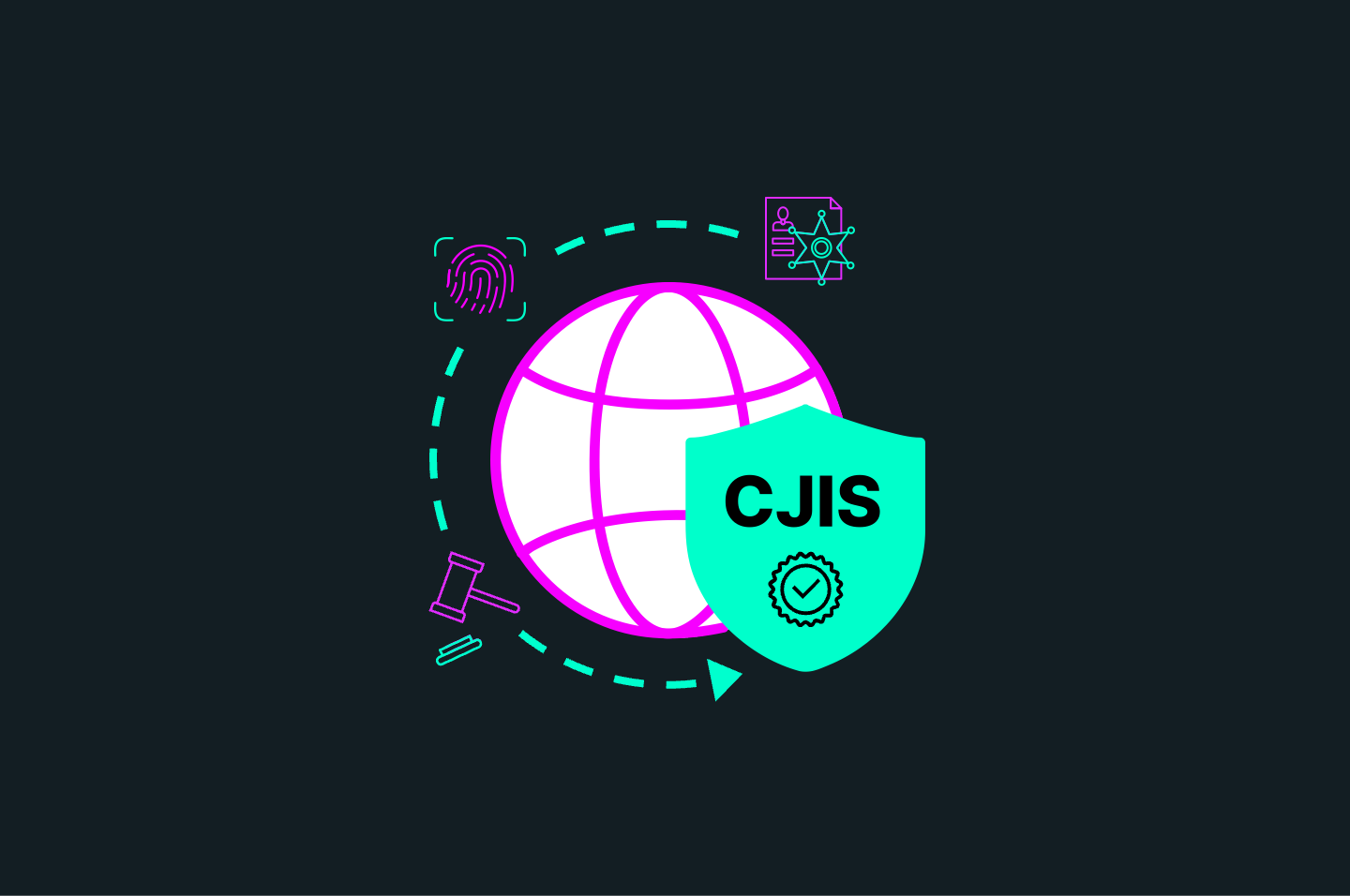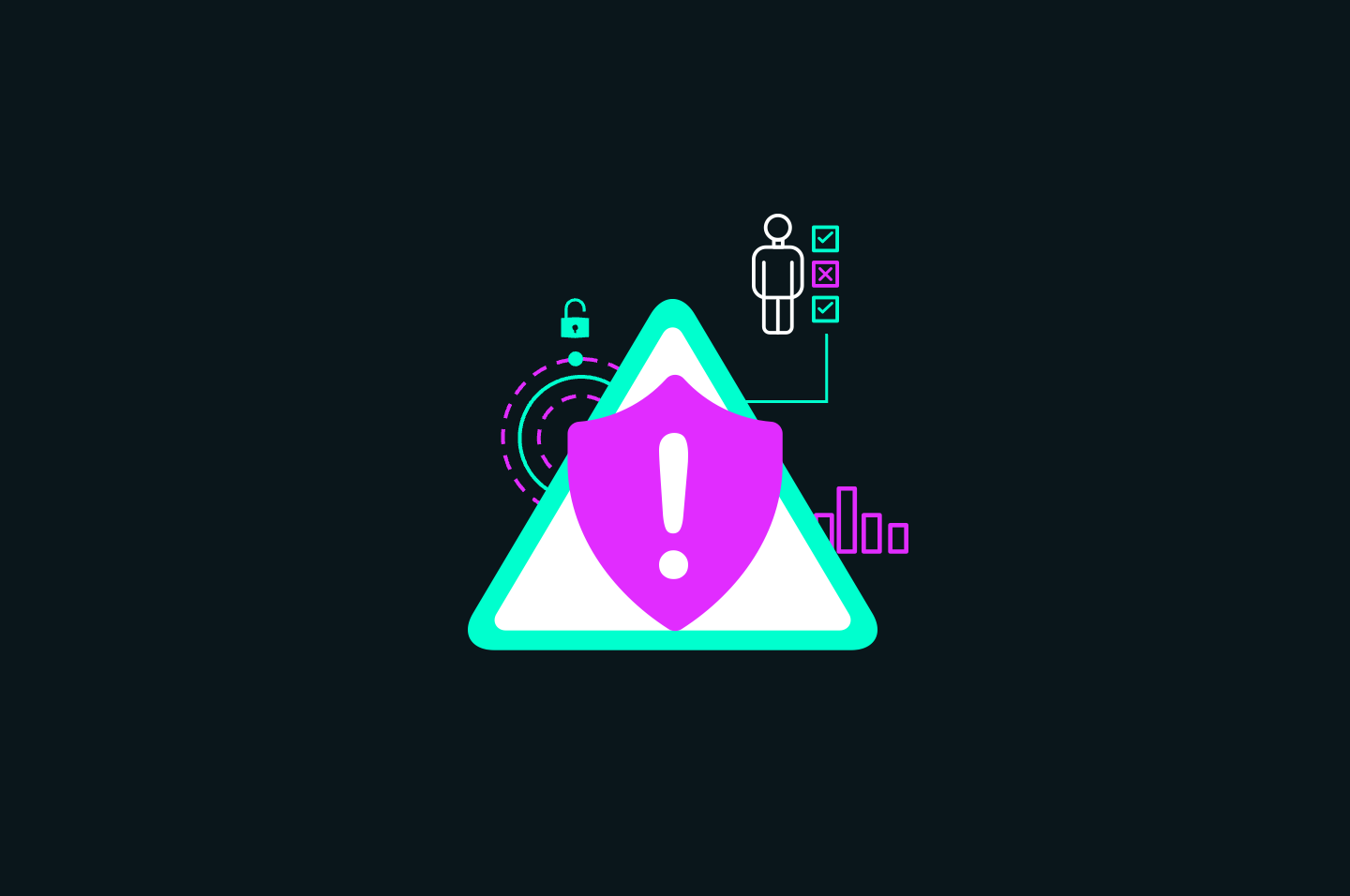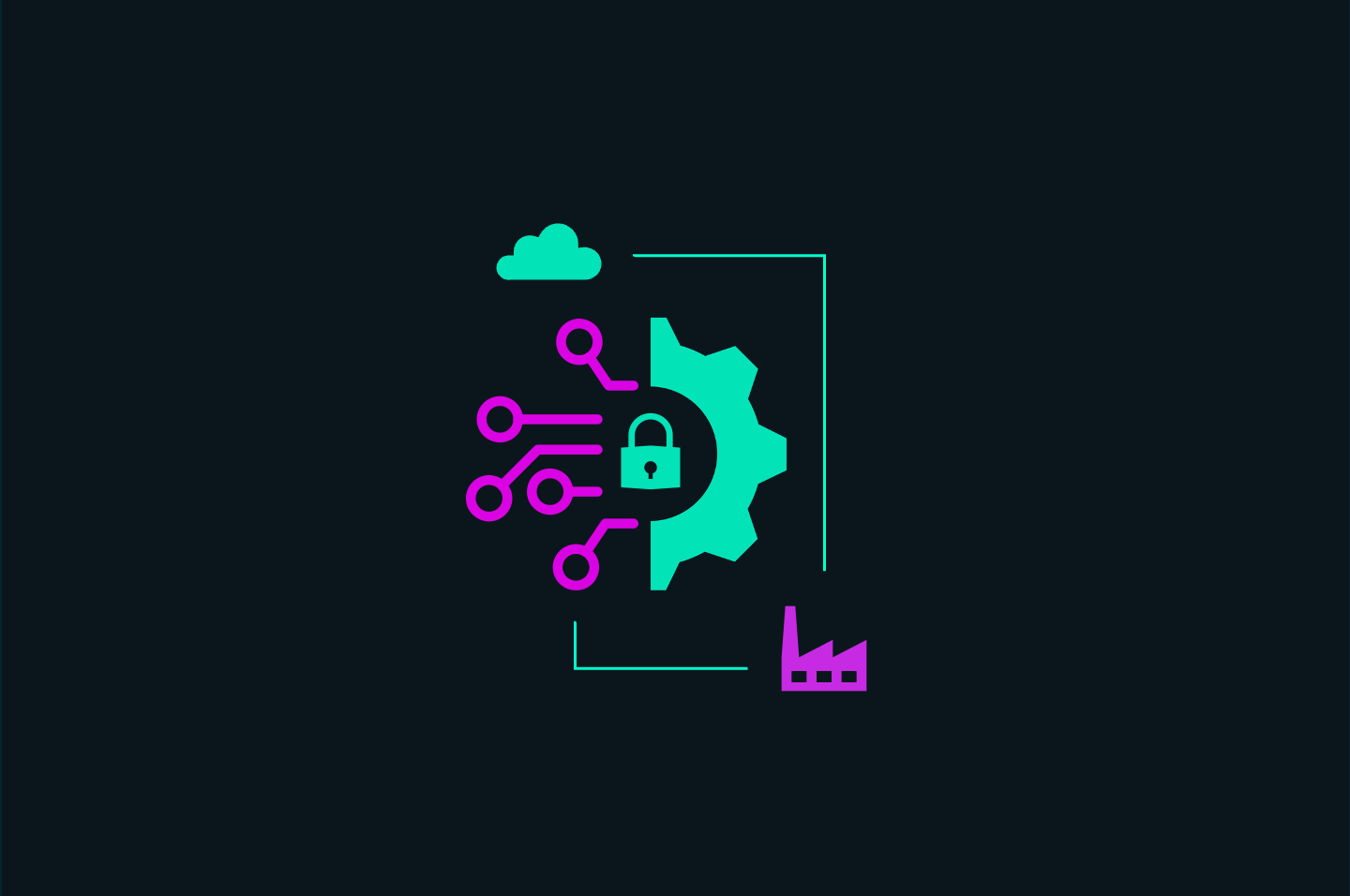Introduction
Key Takeaways

Simplify GRC with Key Strategies and Technologies
Governance, Risk, and Compliance (GRC) is often loathed—albeit required—by organizations working to land government contracts and do business with areas of the federal government such as the Department of Defense.
The complexities of GRC can sometimes make this feel like an insurmountable challenge, especially small- and mid-sized businesses (SMBs) competing with larger enterprises, all while dealing with limited resources, budgets, and a lack of skilled professionals.
In a recent Apptega webinar, we asked attendees to tell us about their most common GRC pain points, and not surprisingly, learned they were split down the middle 50/50 between government regulations and customer expectations.
What makes GRC compliance so complex? Why are so many organizations struggling to meet mandates and why are even fewer embarking on a GRC journey to land more business?
Often, this is based on a lack of understanding of the key components of GRC and some of the many ways GRC compliance can be simplified.
In this blog, we’ll take a closer look at governance, risk, and compliance individually and how they work together and offer some tips that can help your organization feel more confident in its abilities to meet GRC requirements.
Governance: The G in GRC
First, what exactly is governance? In terms of GRC, when we talk about governance, it’s about thinking about what drives your organization and how you can use those drivers to develop or define your program.
This may be the result of customers asking you what you’re doing to manage and mitigate risk (think in terms of security or compliance questionnaires) or specific government or regulatory mandates.
Governance, quite simply, is the first step in GRC. It’s the way your organization will get its arms around your GRC program and encompasses the people, processes, and technologies you’ll need to get there.
As your organization thinks about governance, you should do so through a lens of how you define your policies:
- What are you doing that sets your compliance bar?
- What are the outcomes you expect from your people, processes, and technology?
Your governance plans are defined by developing key policies that hold your teams accountable for specific outcomes.
For example, you may have a governance policy about employee awareness and training. This policy should specify clear processes you have in place to ensure your employees understand your organization’s risks and how to mitigate them.
Simplifying Governance
In ensuring governance efficiencies, consider aligning your program to a framework that will help set a foundation for what is needed to drive your program. Think of it in terms of understanding what you need to drive your program along with the controls that align and support key program areas.
If your organization is pursuing DoD contracts, for example, it might be helpful to get started with NIST 800-171 and then align with CMMC.
Or, if you don’t have those specific requirements, you might choose to align with the NIST Cybersecurity Framework (CSF) or CIS, depending on your organization’s specific needs. NIST CSF tends to be more policy and program focused whereas CIS focuses more on controls.
Once you choose a framework, you can conduct an assessment of your current control levels, identify gaps, and home in on areas where you should make improvements.
With a GRC tool, you can get improved visibility into what you need to do to drive maturity. Depending on where you are in program development, you may be as immature as using pencil and paper or spreadsheets to track your controls and framework compliance.
However, the more you mature your program, along with the more frameworks you manage, it will be increasingly challenging to drive your maturity without using GRC technology.
A SaaS-based GRC platform like Apptega really shines here. It offers your organization often otherwise unrealized benefits. For example, a GRC solution can help you centralize and standardize your processes and tasks instead of having to chase down people or paperwork to figure out how you’re performing manually.
A GRC platform like Apptega can also empower your teams to simplify how they map your controls and sub-controls across multiple frameworks simultaneously. For example, if your organization uses NIST 800-171 controls, without duplicating work, you can easily align those same controls to any of the other selected frameworks in Apptega.
A benefit here? If you update a control or sub-control in one framework it’s automatically updated in the others.
And, when it comes time to create reports, you can use the GRC platform to pull a report about a single framework or create a report that aligns with multiple frameworks.
This saves time and removes duplicated work, which can ultimately result in cost savings. It also gives you a more holistic view, not just at an individual framework level, but of your entire security and compliance program, ultimately helping you better manage more frameworks more effectively.
The ability to simplify how you map to multiple frameworks, especially in light of more regulatory requirements or client requests most organizations face today, means you can quickly see where you are, what you need to accomplish, and can then drill that down to a granular level, all the way to individual sub-controls.
Understanding and Simplifying Risk Mitigation
In terms of GRC, when we talk about risk, it’s not siloed off from governance or compliance. All three areas work in tandem.
In a recent webinar, we asked attendees how their organizations document and manage risks. Today, some 60% of those organizations still use spreadsheets with only about 40% taking advantage of the benefits and flexibilities afforded through a SaaS-based GRC platform.
In terms of risk management, to get where you need to be, you have to understand your risk universe. You can use spreadsheets to do this, but you need to see risk in a more holistic view. A GRC platform can help you better understand how your risk universe relates to your people, procedures, and the technologies you use to mitigate that risk. It all goes hand-in-hand.
For effective risk mitigation, you’ll need comprehensive insight into the risks you have, risk types, technical controls for mitigation, as well as your inherent risk and your residual risks.
Your inherent risks are your knowns. Your residual is what’s left over after your controls have handled mitigation.
All organizations live with some level of acceptable risk. Once you know your inherent risks, and develop a risk register, you’ll be faced with determining if your residual risk is acceptable or if not. From there you can make better business decisions, such as:
- Do we want to invest in a specific mitigation technology?
- Do we need to conduct penetration testing?
- Should we invest in a specific type of vulnerability scanning?
Risk management is a driving force in ensuring you have appropriate measures in place to maintain your operations and meet client needs. Often risk management is part of contracts, regulatory requirements, and sometimes even cyber insurance.
Here a risk assessment is essential and a GRC platform like Apptega makes this more manageable. A GRC solution can help you capture risk down to a specific sub-control level. This goes beyond a compliance perspective, into a programmatic level that may be more security-focused.
Allocating risk resources for mitigation is a big challenge for most organizations, especially in terms of ensuring you have the right people, finances, and technical resources. When you have all of your risk identification in a single source of truth like Apptega, you will have that holistic view. From there, you can see the most critical areas you need to address and then develop plans to determine all of the appropriate resources you actually need.
Compliance Key Drivers
For most organizations there are four common key compliance drivers:
- Insurance
- Boards
- Government regulations
- Customers
Insurance is one of those drivers getting increased attention because successfully acquiring cyber insurance is ever more challenging. Why? In short, some carriers are just tired of having to issue huge payouts for organizations that fall prey to ransomware attacks or other breaches.
As such, we’re seeing increased expectations about what that insurance is, and who and what it will cover. Today, many providers are now requiring clearly defined security controls, and beyond that, even if you say you have certain controls in place, the company may now require that you validate those controls are met.
This is not a one-and-done process where you sign up for coverage, make payments, and you’re good. You should expect that you’re going to be subject to continuous control monitoring, which brings with it a range of requirements and additional expectations for your organization, especially as your attack surface evolves.
As organizations get more effective in meeting these insurance obligations, we may see more competitive pricing models emerge. Think of it in terms of the safe driving discount drivers get if they agree to have their driving practices monitored through a module or other in-vehicle device. We can expect to see a similar level of sophistication with cyber insurance companies who will increasingly want more real-time insight into how your controls perform, developing more synergy between providers and customers.
While insurance mandates can feel demanding, the reality is providers aren’t really asking for things that are much different from your security frameworks—it’s all the same information, even if requested in different terms.
The more your organization moves toward a holistic view of your program, your security controls will drive maturity and will make it easier to meet expectations from all of your key GRC drivers. For example, it can help build board and key stakeholder confidence in your program. As a result, you may also see opportunities to secure more government contracts, win new business, and also drive validation with your customers by demonstrating you’re committed to protecting and securing their data, too.
A GRC solution can help you to address all these areas at once. Harmonization will drive that direction further forward with more efficiency.
Across the board, whether it’s governance, risk, or compliance, you’ll likely see a lot of synergies between both challenges and driving forces. It all comes down to your business specifics. Regardless of what you’re doing, it’s about getting a defined approach, understanding those drivers, and being prepared to effectively address security, risk, and compliance concerns your organization may have.
Those driving forces are ultimately your end game:
- To be able to respond
- To be proactive.
- Stop existing in a reactive security and compliance state.
Do you need help identifying your critical assets and core functions and aligning your cybersecurity practices to your business needs? Contact an Apptega advisor and we’ll be happy to help or schedule a custom tour of Apptega to learn more about how we can help you simplify your GRC strategies.
.svg)





